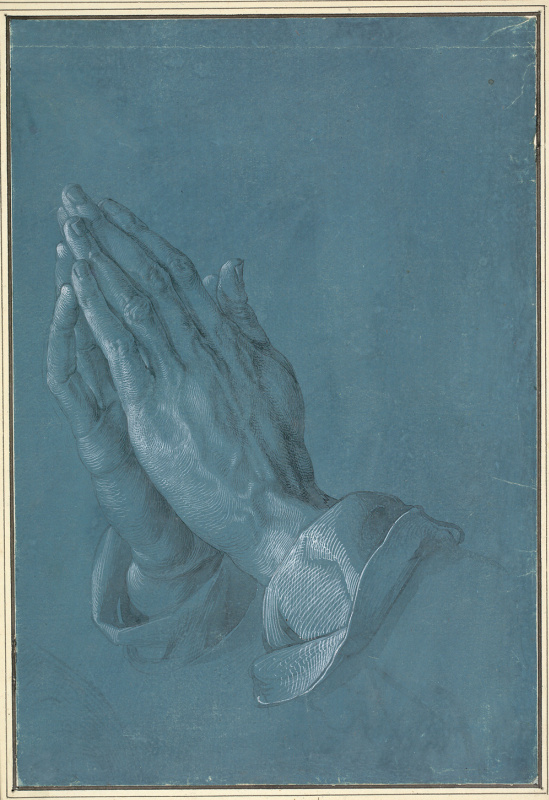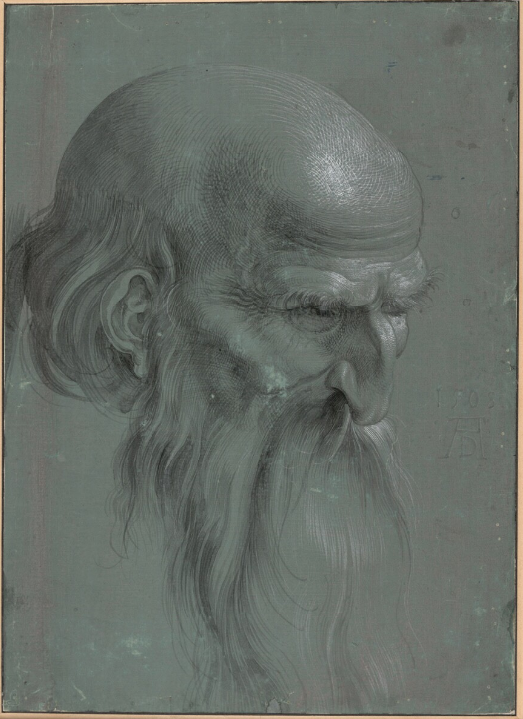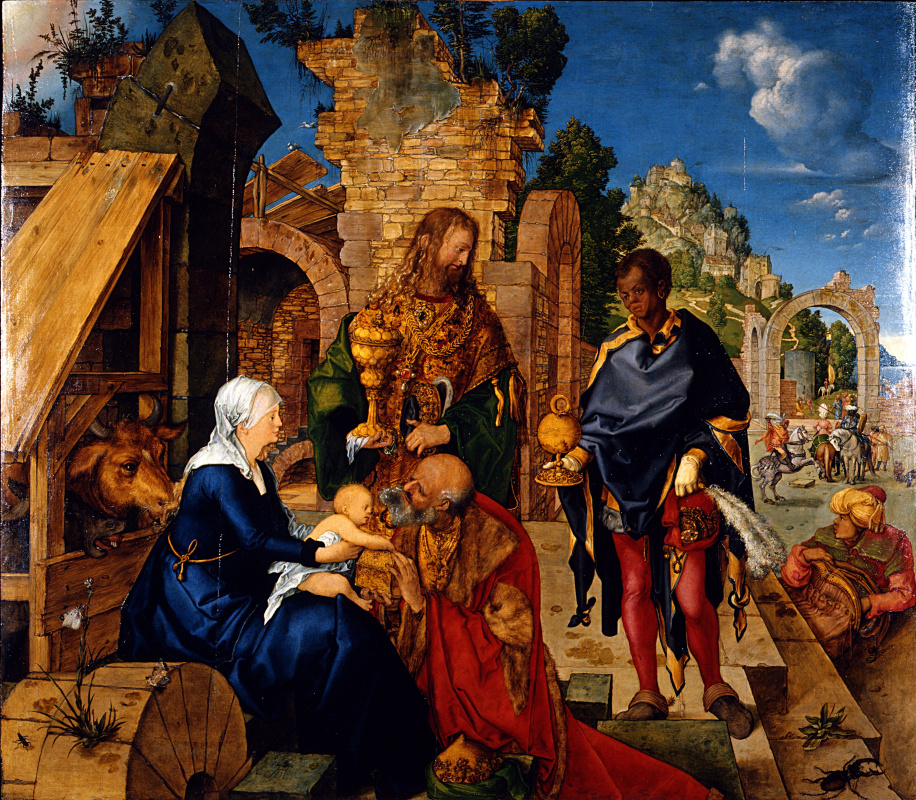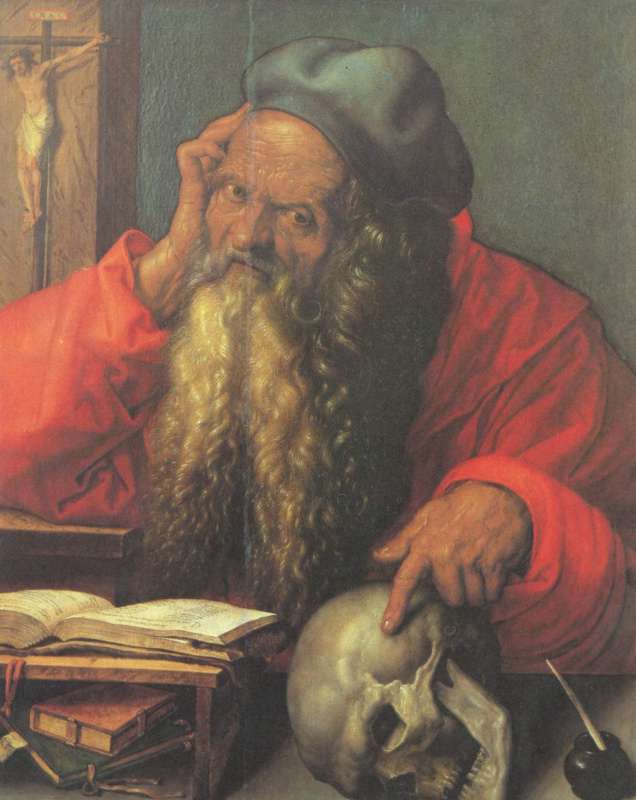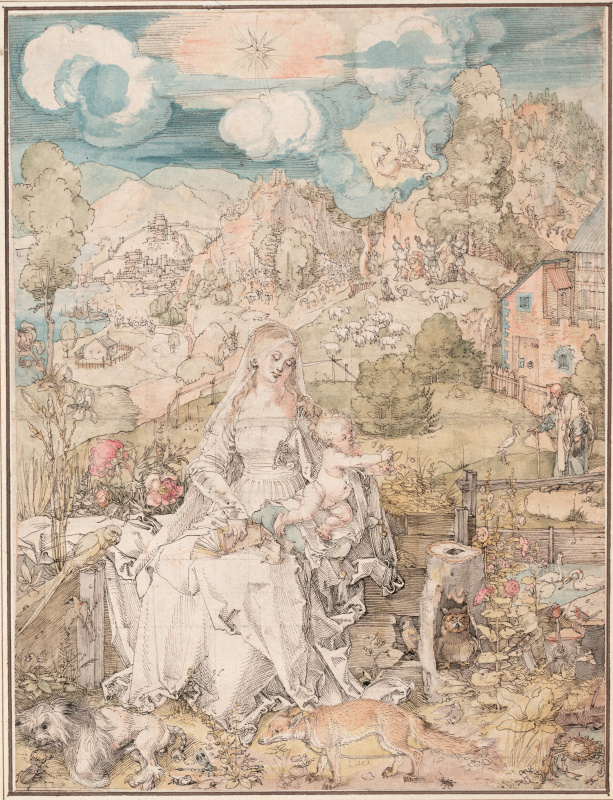Retrospective of Dürer in Vienna: “The Young Hare”, “Praying Hands” and self-portraits take centre stage
As part of a large Dürer retrospective, the Albertina is taking the world’s most famous long-eared creature "Young Hare" out of its "hutch" again for a few months. There is something out-of-the-ordinary in seeing a watercolour of such detail over 500 years after its completion in a Nuremberg workshop. Especially when the work in question only makes a public appearance every five years or so (the most accurate copy hangs in the hall).
The painting was last exhibited in 2016 and only for seven hours during the "Long Night of Museums". The line of people wishing to see it passed through the building, the front door, down the steps and into the street on Vienna night. Now the artwork will appear for a longer period — as part of this exhibition, which opens in Vienna in September.

This will be the first comprehensive exhibition of Dürer in Albertina since 2003. Being home to the world’s most important collection of drawings by the master (over 140 works), the Albertina brings us the perfect opportunity to discover Albrecht Dürer's drawn oeuvre. Furthermore, museum collection will be supplemented by loans (drawn, printed and painted) from elsewhere. Together with the results of some recent studies, this exposition of nearly 200 exhibits (including 12 paintings) will give a broader and more accurate understanding of the artistic achievements of the Northern Renaissance
master in every respect equal to his paintings and printed graphics.
Over 100 drawings, a dozen paintings, personal records and other rare documents will be presented to public. All are valuable in themselves as works of art, but also provide insights into both Dürer's humanistic approach to art and his workshop approach to drawing.
This collection prominently features family portraits and both animal and plant studies as well as the lion’s share of Dürer's head, hand, and clothing studies on colored paper. These holdings thus offer a uniquely ideal starting point from which to reconstruct his personal conception of drawing done in a workshop setting, allowing one to also gain an understanding of his personal, early-humanist concept of art. Dürer's creations indeed go far beyond the tradition of other such exemplary 15th century works on paper in terms of their consummate technical, compositional, and artistic quality, a quality that frequently even extends to his carefully placed monogram signature.
Albrecht Durer, "Hands of a Prayer" (1508). Albertina Gallery, Vienna
The "Praying Hands" sketch (1508) — the second most popular drawing in the world after "Vitruvian Man" by Leonardo da Vinci — will be one of the central artworks of the show. Christof Metzger, chief curator of Vienna’s Albertina, believes that the drawing depicted Dürer's own hands and was produced "to advertise artist’s talents". Art historians have always believed that Praying Hands was a preliminary study for the altarpiece.
For centuries, it was believed that it was a preparatory study for the figure of the apostle on the central panel of the Heller’s altarpiece (named after the merchant from Frankfurt who commissioned the work). However, Christof Metzger put forward a revolutionary theory that this is a finished work intended to advertise the artist’s talent. He wonders why Dürer would have gone to the trouble of making a highly finished drawing only for it to be scaled down for a tiny detail in a painted altarpiece.
"The work represents a miracle of observation and it is too ambitious to be merely a preliminary study," says the researcher. "Dürer made it as a ‘master drawing' to show to visitors in his workshop, as an example of his God-given talent."
According to Metzger, the figure shows the hands of Dürer himself: "The very delicate fingers and hands are reminiscent of those in the 1500 Munich self-portrait. The little finger of the partially hidden hand on the left in the drawing seems to have a curvature or stiffening of the joint, which appears in other self-portraits, such as the 1493 drawing at New York’s Metropolitan Museum of Art."
Obviously, for the same purpose of advertising, Dürer also painted "Young Hare". He was not the first artist to the north of the Alps to create such studies. But from the point of view of the unsurpassed technical, compositional and artistic quality of his creations, they themselves go far beyond the tradition of other similar works on paper dating from the 15th century.
Head of an Apostle
1508, 31.6×22.9 cm
As "master drawings", Dürer's works on paper stand at the dawn of drawing’s autonomy as an art.
From the Weimar Castle Museum to Albertina will arrive "Self-portrait in nude", which also rarely appears in public. It is not clear when Dürer created this drawing. Researchers attribute it to the period between 1500 and 1512 — it was then that the artist used the combined technique relatively often. And since the master looks older than 29 years old and younger than 41 years old, the researchers attribute the work to the middle of this period. The painter had been keeping the work in his workshop until the end of his life.
The adoration of the Magi
1504, 99×113.5 cm
Another self-portrait is sent to Albertina by the Uffizi Gallery, Florence. This time, Dürer appears in the image of one of the subjects of the vivid scene "Adoration of the Magi". This work is one of the best the artist created between 1494 and 1505, that is, before his second trip to Italy. On a panel commissioned by the elector of Saxony Frederick III in 1504 for the altar of the castle church in Wittenberg, Dürer placed himself in the center of the composition. Albrecht can be easily recognized by the beard and long golden hair, familiar from other self-portraits by the artist.
The altarpiece, on which the transparency of the air is almost felt, the fluttering of the wings of a butterfly on a wooden mill wheel and the warm breathing of an ox are an ideal example of detail and atmosphere inherent in the Northern Renaissance
.
The exhibition is on view from 20 September 2019 until 6 January 2020.
Among other significant works, the visitors will see "Saint Jerome" from the National Museum in Lisbon, "Portrait of a Man" from the Prado Museum in Madrid, "Blue-bellied Wing of the Blue Roller" and "Grass" from Albertina’s own collection.
Based on materials from the official website of the Albertina Gallery, other sources.






